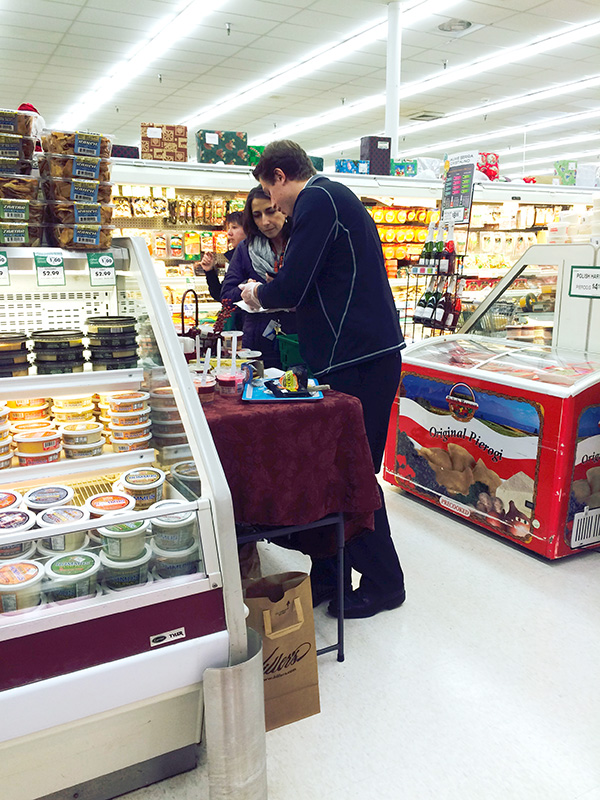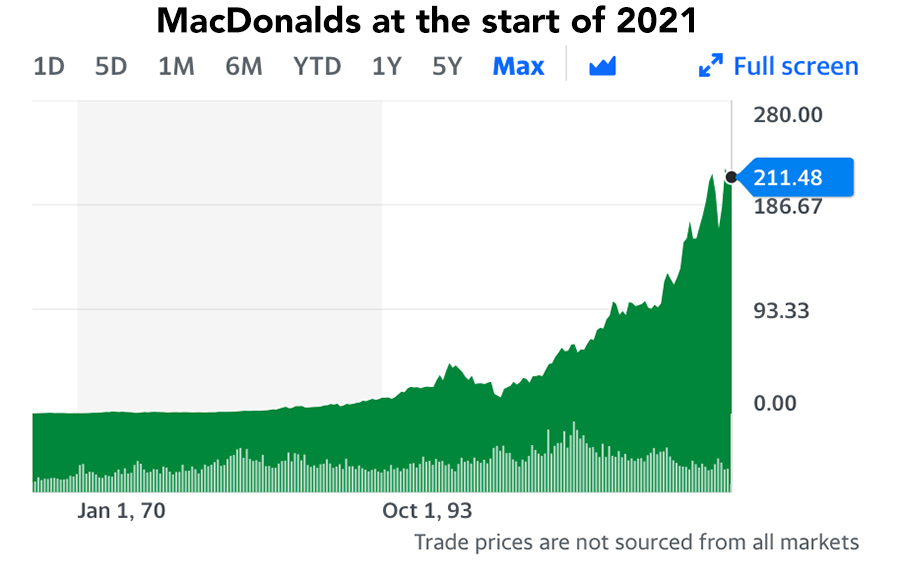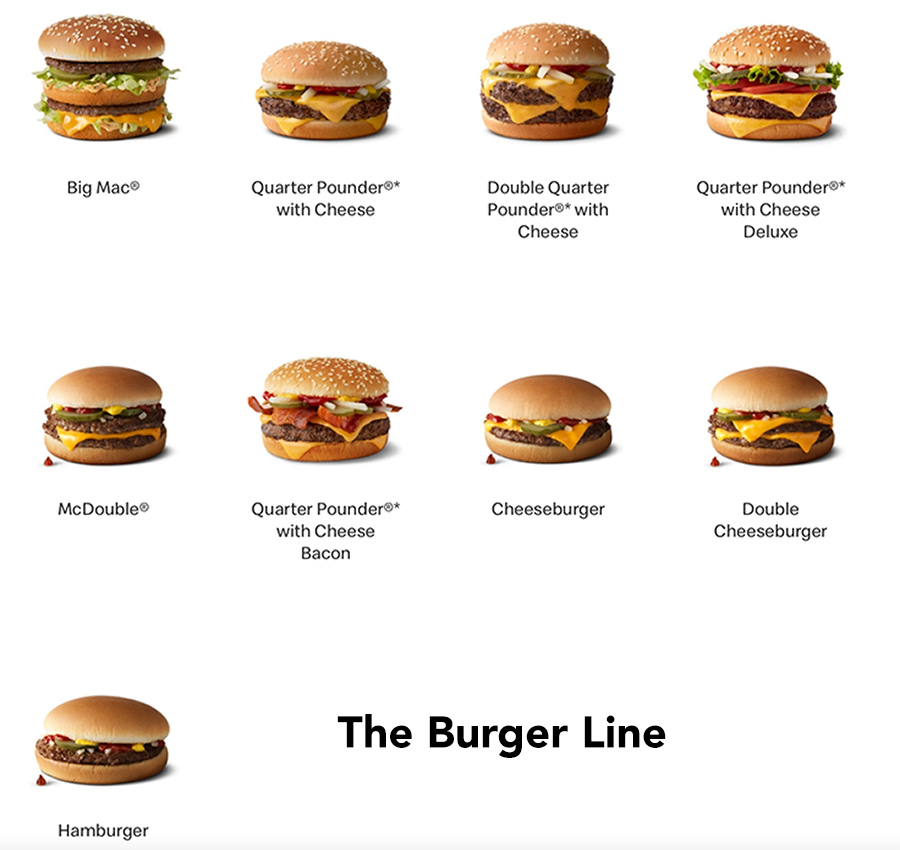As you can see above, Yogurt brands fight for space and attention at the grocery store. The typical US grocery store now stocks up to 50,000 products, up from 15,000 in 1991, but a quarter of those products sell less than one unit a month, according to a report from Accenture PLC.
After the consumer has searched for information, they form their consideration set. With their consideration set in place, they will evaluate the different products and ultimately, make a purchase. In today's world with all the possibilities to consider online, offline, and in the store, many times consumers are overwhelmed. This is choice overload. Sometimes when that happens consumers choose not to choose.
A study was done by a Columbia University professor, Sheena Iyengar, the psychologist responsible for the famous jam experiment. At a luxury food store in Menlo Park, researchers set up a table offering samples of jam. Sometimes, there were six different flavors to choose from. At other times, there were 24. (In both cases, popular flavors like strawberry were left out.) Shoppers were more likely to stop by the table with more flavors. But after the taste test, those who chose from the smaller number were 10 times more likely to buy jam: 30 percent versus 3 percent. Having too many options, it seems, made it harder to settle on a single selection.
For the consumer in the choice stage, too much variety can complicate their decision. For the marketer, the issue is to reduce the choice overload and still determine how to offer just enough variety to give the consumer options. People like options that are manageable.

In-store taste testing.
Often in a market like this where there are many different kinds of cheese, knowledgeable and trained cheese experts are there to help the customer choose which cheese to purchase. Without experts in the store to help consumers decide, marketers can align products in such a way that make the attributes easily distinguishable. For example, products can be aligned based on the caloric attribute. Products on the shelf that have the highest caloric content are placed at one end, and products with fewer calories are placed at the other end, this is done to facilitate the selection process. Another option is to align products by price. Items can still be aligned by different colors or different types of attributes.
The more aligned the attributes, the easier it is for the consumer to parse through the complexity of choices. Another way to help consumers manage a plethora of options is to help them discover their preferences. This is a significant advantage of our omni-channel world. Apps on tablets or cell phones help consumers learn the different attributes of complex products or product lines. These apps also help consumers determine what they like and what they don't like. This is one way the consumer can deal with complex product categories. Finally, how products are organized on a shelf is also impactful. If items are arranged on a shelf in a way that lines up with the way the consumers think about the category, it's much easier for the consumer to find precisely what they want. For customers who purchase wine by the type of grape and the shelf is organized by grape, then these shoppers will easily find the chardonnays or the burgundies. On the other hand, if the shelf is lined up by region, country or bottle shape, those who purchase wine by the type of grape, will find this shopping experience more complex as a very large product set can make choosing overwhelming.
Unintended Consquences
McDonald’s Corporation’s menu may have grown too big to succeed. The fast-food giant has added oatmeal, snack wraps, and lattes to its US offerings in recent years to appeal to a wider swath of customers. The restaurant’s menu in November 2014, offered 121 items — up 75% from 2004, have made the company’s kitchen operations increasingly complex. Their McCafé drinks, for instance, require a separate station behind the counter equipped with coffee grinders and blenders, causing longer waits. As a result, some customers have started going elsewhere for their fast-food fix. It is a dilemma for the Golden Arches and other large chains—one that McDonald’s Chief Executive Don Thompson must address as he tries to reverse more than two years of slumping US sales.
During the Pandemic of 2020 McDonalds menu was a success. Due to their experience and expertise with drive-through distribution of their products.

And also due to a winnowing of the product line creating quicker delivery and improved service.

With more than 14,300 US restaurants—an average of 4.6 McDonald’s for each county in the country—McDonald’s cannot add many more outlets to its core market. The best alternative may be using its menu to expand, but that risks undercutting the chain’s main attraction: their promise of speedy service. In the US, McDonald’s breakfast menu now includes 14 sandwich options, and for lunch, the Big Mac now shares a menu board with 15 other burgers, according to McDonald’s website.
Some also refer to the McWrap as a “showstopper” behind the counter. “Our kitchen comes to a halt when we get an order for a McWrap,” says one franchisee, who adds that crew members often have to stop and look at a sheet of instructions because of all the steps. Like some other franchisees, he says the item hasn’t sold well. McDonald’s says the McWrap has met its expectation, and it appeals to millennials. But the interruption to the kitchen caused it to be eliminated from the menu. See Business Insider magazine article here for more insight on McDonald's menu issues.
Starbucks has also stretched their menu to include many items beyond coffee. With over 11,000 cafes in the US, the chain is not opening as many new shops domestically as it once did. Some analysts believe its bevy of new products—from Fizzio carbonated sodas to La Boulange pastries to Oprah Chai Tea Latte—have added complexity to the kitchen and slowed service. The Starbucks menu has 255 items, up from 181 in 2009, according to Hedgeye Research analyst Howard Penney, who sees a correlation between the introduction of new items and a deceleration in the chain’s domestic-traffic growth. The company has managed to serve guests faster by implementing changes. These changes include making beverages more efficiently and only offering to heat up the La Boulange pastries customers most frequently ask for.
In an effort to expedite the sale, Starbucks is also experimenting with mobile ordering and payment technology that allows customers to place and pay for orders ahead of time. This would enable customers to bypass the line altogether when they pick up their purchases.
Panera Bread Co. said its restaurants' inability to handle customer demand has prompted it to lower profit and growth forecasts. Long lines have caused customers to walk out, and inaccurate orders have led others not to return. The casual fast-food chain said it plans to add more staff, update its kitchen equipment and add technology to speed service and improve order accuracy. Panera seeks to pare its menu, which will reduce preparation time modestly. To save time for workers who have to “drop everything” to handle phone orders, the company plans to migrate the phone orders to the Internet. Soon Panera will implement dedicated catering hubs in existing restaurants. This change will free up workers from handling catering orders, Panera hopes this will also enable them to provide more efficient customer service.
In these examples, the companies are losing sales at the point of purchase primarily as a result of the customer wait time. The goal should be to eliminate friction from the purchasing event, whether at the counter or online. “The most important thing we believe is that the act of communicating with someone should feel lightning fast, with as little friction as possible.” Julie Zhuo
Product design director @ Facebook
Sheena Iyengar studies how we make choices — and how we feel about the choices we make. In this Ted talk she presents interesting data on the influence of culture on a person's feelings on choice.